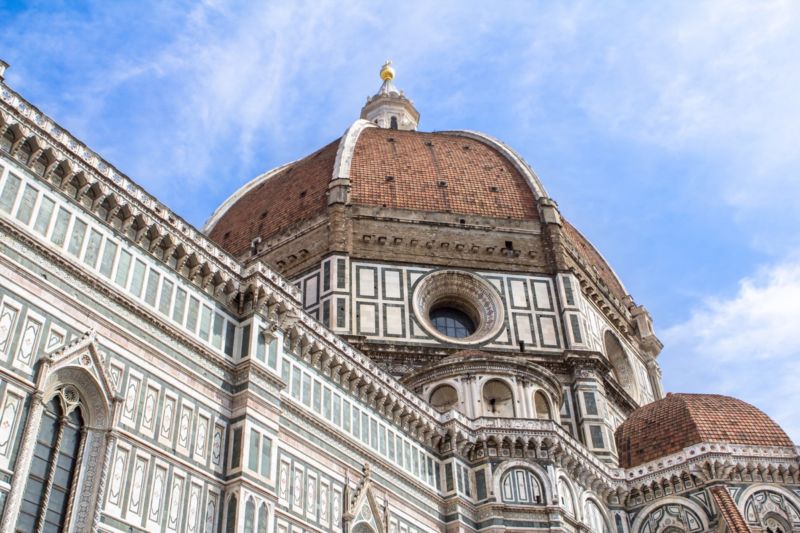Cosmic rays could help unlock the secrets of Brunelleschi’s dome
Ars Technica » Scientific Method 2018-08-21

Enlarge / Florence's famed Il Duomo has been plagued by cracks for centuries. Muon imaging could help preservationists figure out how to fix it. (credit: CAHKT/Getty Images)
The soaring dome atop the Cathedral of St. Mary of the Flower justly dominates the Florence skyline and has stood for centuries, ever since Filippo Brunelleschi designed it in the early 15th century. But scholars aren't quite sure how this goldsmith with no formal architectural training managed to construct it. Brunelleschi built a wooden and brick model of his plan, but deliberately left out crucial details and left no comprehensive blueprints so his rivals could not steal his secrets.
Elena Guardincerri, a physicist at Los Alamos National Laboratory who grew up in a nearby town in Italy, thinks she can help resolve part of the mystery with the aid of a subatomic particle called a muon.
Inverted tension
Brunelleschi found inspiration for his design in the inverted catenary shape of the Pantheon, which is an ideal shape for domes because the innate physical forces can support the structure with no need for buttressing. Robert Hooke phrased it best in the 17th century: "As hangs the flexible chain, so but inverted stands the rigid arch." A chain suspended between two points will naturally come to rest in a state of pure tension; inverting that catenary shape into an arch reverses it into a shape of pure compression. Standard building materials like masonry and concrete would break fairly easily under tension, but they can withstand large compressive forces.